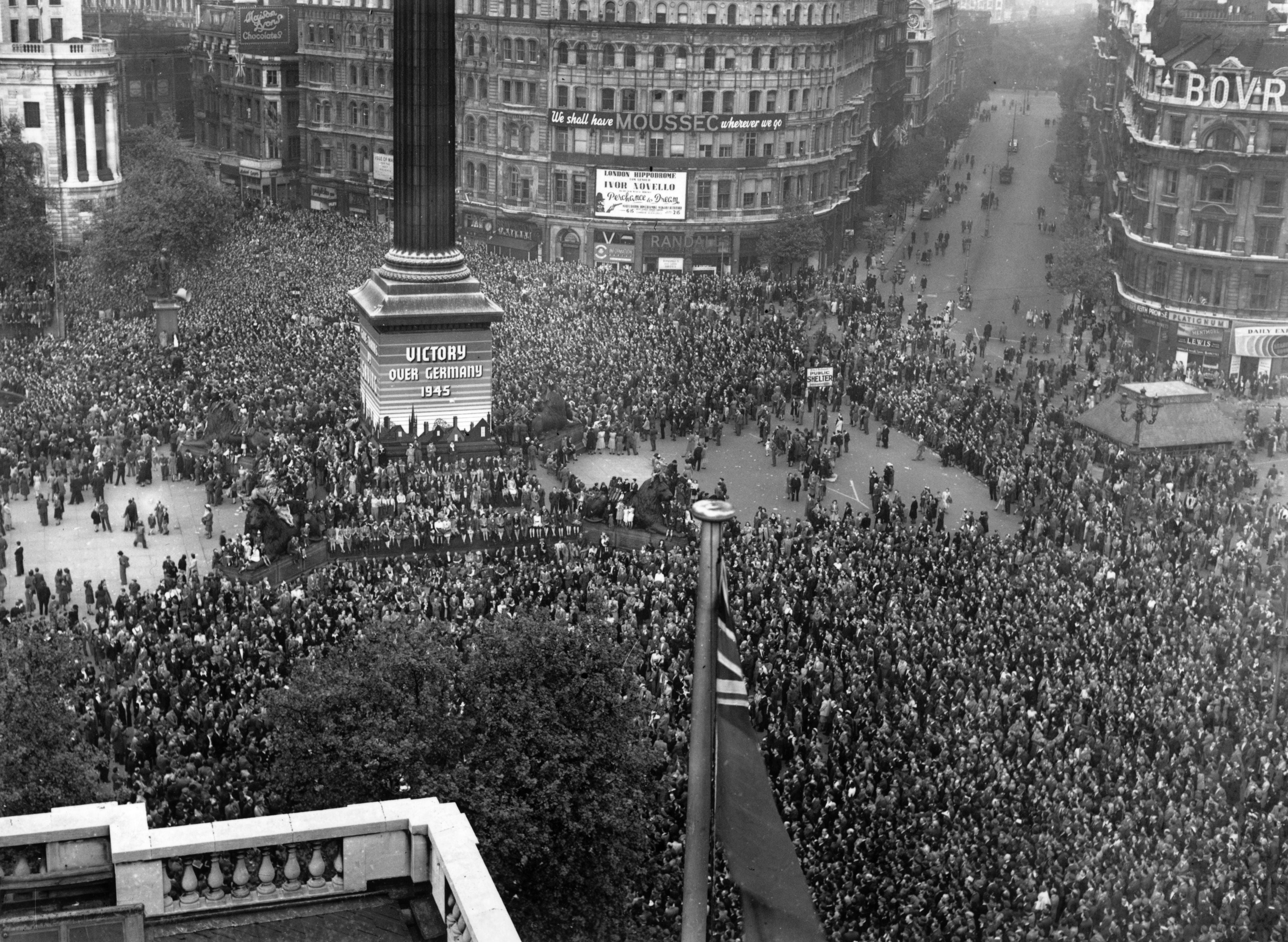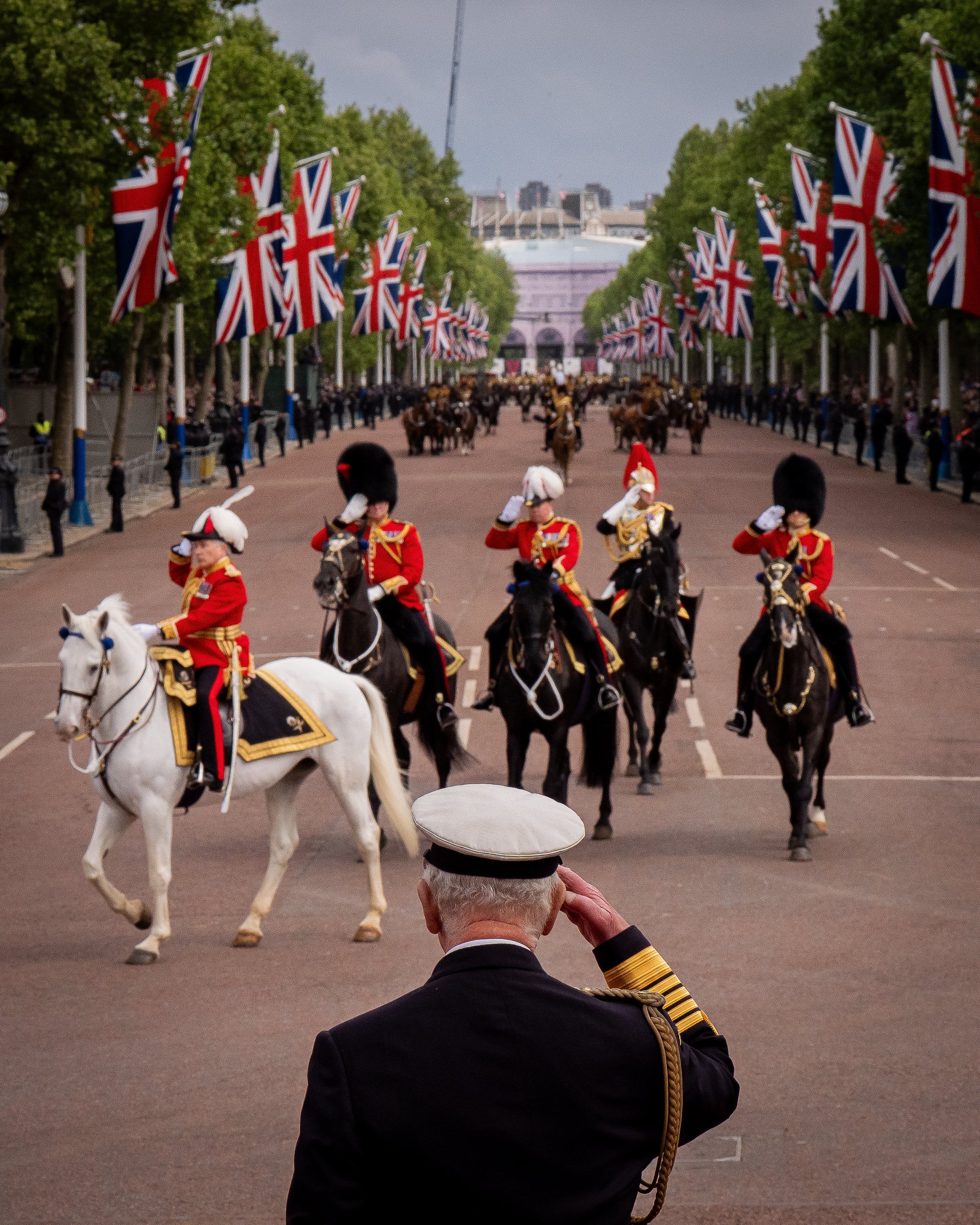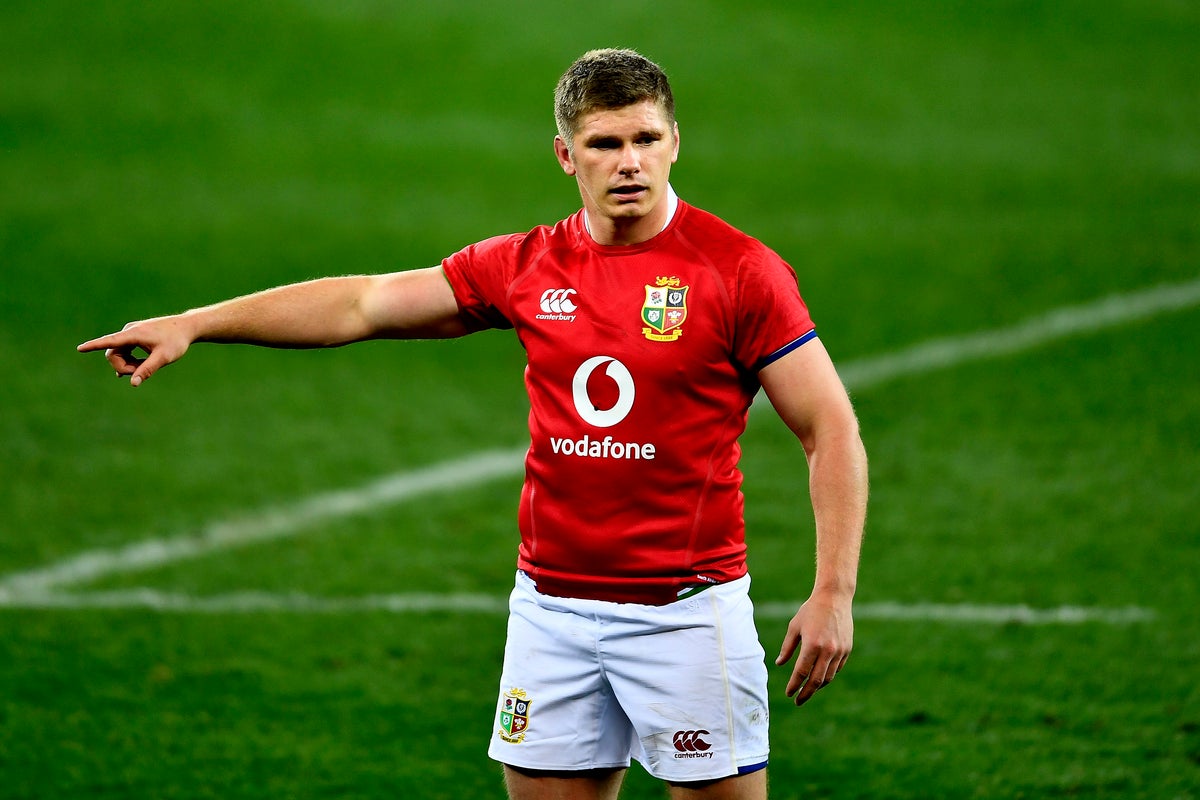ARTICLE AD BOX
Nations across Europe will celebrate the 80th anniversary of VE Day - or Victory in Europe Day - which marks the day where fighting against Nazi Germany ended during the Second World War.
Prime minister Winston Churchill announced on the radio on 8 May 1945 that the war in Europe had come to an end after Germany surrendered the day before. While the war continued in other parts of the world and many people were being kept as prisoners of war abroad, people in the UK celebrated the end of the war for them.
People took to the streets to celebrate the end of fighting with street parties and big celebrations, as well as attending church services to thank God for the victory. It also marked a moment of sadness and reflection, as millions had lost their lives or loved ones during the conflict and life had irreversibly changed.
Why do we mark VE Day?
Every year to this day, 8 May has marked a symbolic day where we continue to remember those who fought and were affected by the Second World War. It has also become a day to celebrate peace and reflect on the hardships of war.
Prime minister Sir Keir Starmer has said that VE Day - and the Allied victory - marks “one of our finest hours” as a country. He said: “Today we come together to celebrate those who fought for our freedom.”

How was VE Day celebrated in 1945?
As well as street parties and church services, huge crowds gathered outside Buckingham Palace, cheering on as King George VI and his family, including the then-19-year-old future Queen Elizabeth II, came out onto the balcony and waved.
Elizabeth and her younger sister Princess Margaret would later go out and celebrate with the crowds in secret. Having served as a driver and mechanic during the war for the Auxillary Transport Service, the future queen wore her uniform to blend into the crowds. The sisters would later go and dance at The Ritz hotel in celebration.
The late Queen reflected on her VE Day celebrations in a rare BBC interview in 1985, where she said: “My sister and I realised that we couldn't see what the crowds were enjoying so we asked my parents if we could go out and see for ourselves.
“I remember lines of unknown people linking arms and walking down Whitehall, all of us just swept along on a tide of happiness and relief.”
St Paul’s Cathedral was dramatically illuminated on the evening of VE Day following a midday service with the mayor of London in attendance.

How is VE Day typically commemorated?
In honour of how VE Day was first celebrated in 1945, every year people mark the day with street parties and church services. Typically, the royal family marks the occasion with Second World War veterans to watch a military procession down The Mall towards Buckingham Palace, as well as a flyover from the Royal Air Force.
This year, King Charles III and Queen Camilla hosted a tea party for the veterans and members of the Second World War generation at the palace on Monday.

Why is this year important?
As well as marking the 80th anniversary of the end of the war in Europe, this is the first major milestone VE Day where none of the royal family members who were alive for the first ever celebration are here, after the death of Queen Elizabeth II in 2022.

What VE Day celebrations are ongoing today?
There will be a two-minute silence to remember those who fought in the Second World War at 12pm. The Union Jack flag will fly at full mast, and London's Cenotaph will become a focal point of quiet reflections and tributes.
The Royal Albert Hall will host a concert called VE Day 80: The Party on Thursday evening. Organised by SSAFA, the Armed Forces charity, it will feature the Royal Philharmonic Concert Orchestra.
The royal family will attend a service of thanksgiving at Westminster Abbey, before the King and Queen attend a live celebratory concert from Horse Guards Parade to conclude the national VE Day commemorations.









 English (US) ·
English (US) ·